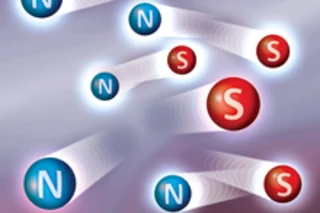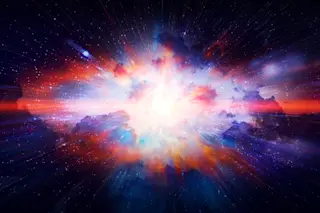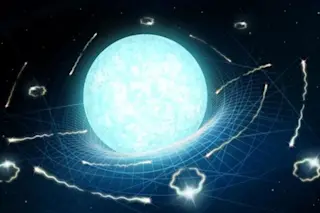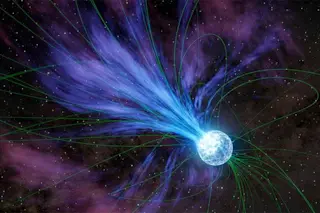Magnets may have seemed simple when you learned about them in elementary school, but physicists are coaxing some very odd behaviors out of magnetic materials these days. In the latest new development, scientists created the magnetic equivalent of electricity and named the phenomenon "magnetricity." In the same way that electrically charged particles flow to create an electric current, individual north and south magnetic poles have been observed flowing along to generate a magnetic current. The basis of the experiment was a refutation of a rule of magnetism observed in our day-to-day lives: No matter how many times you divide a magnet, the resulting fragments will always have both north and south poles. But more than 70 years ago, physicist Paul Dirac theorized that elementary particles should exist that have only a north or south pole, and dubbed these theoretical particles magnetic monopoles. Last month, researchers got closer to spotting a ...
Scientists Create "Magnetricity"—Magnetic Charge That Flows Like Electricity
Discover magnetricity, where magnetic monopoles create currents in spin ice, revolutionizing our understanding of magnetism.
More on Discover
Stay Curious
SubscribeTo The Magazine
Save up to 40% off the cover price when you subscribe to Discover magazine.
Subscribe













